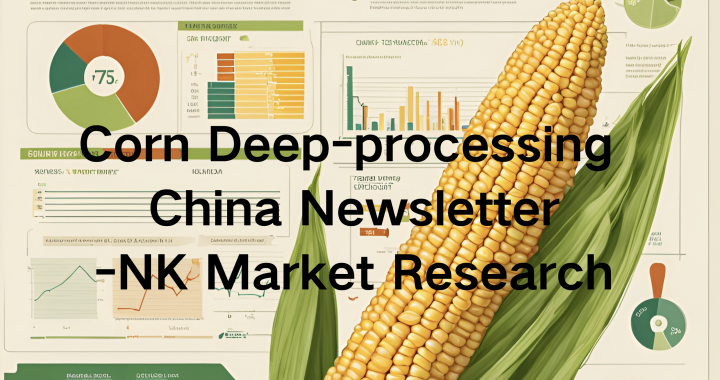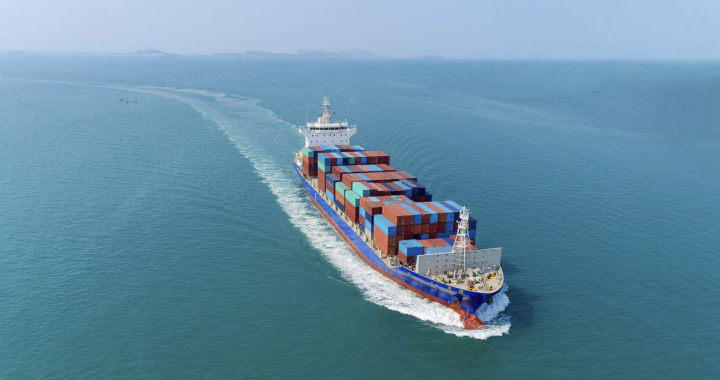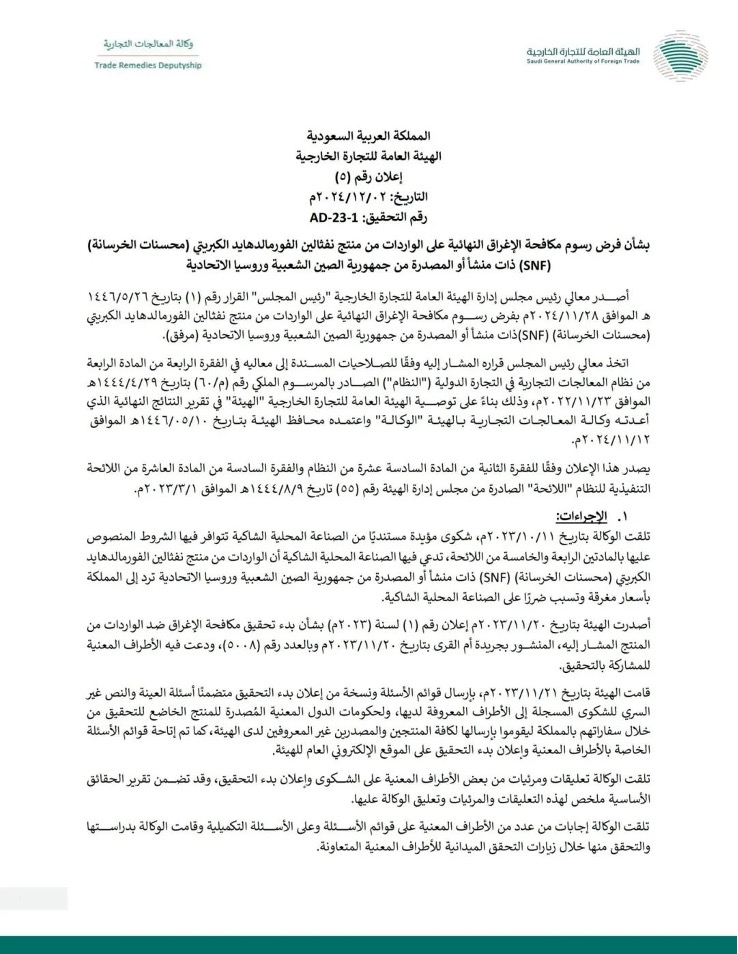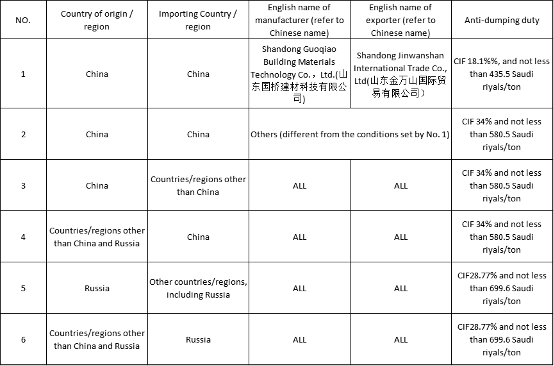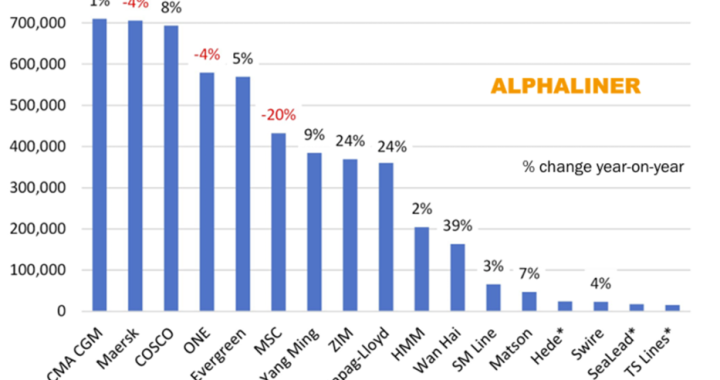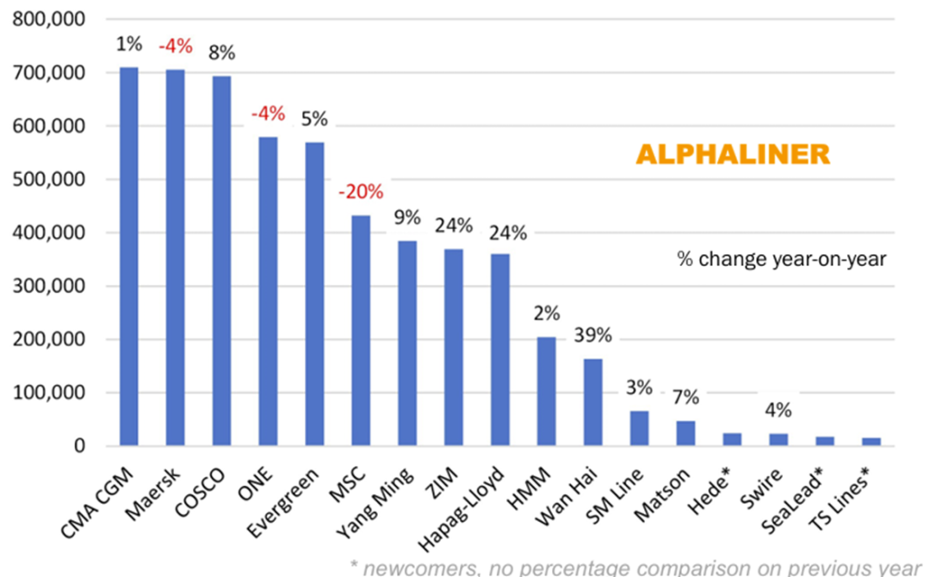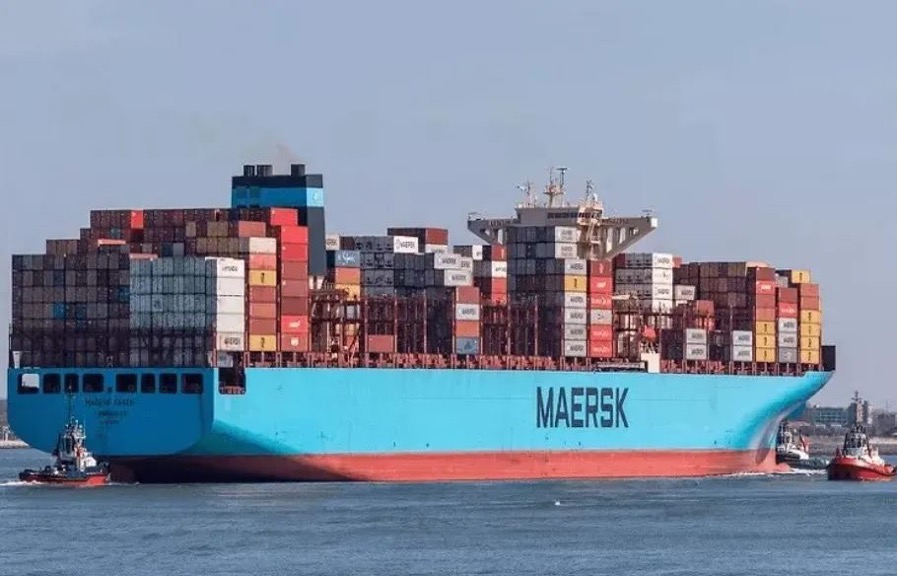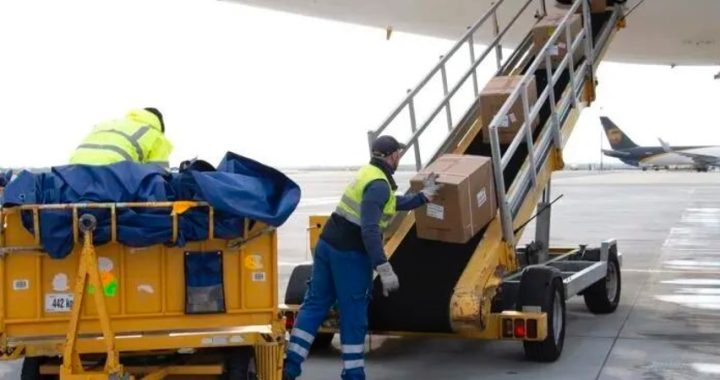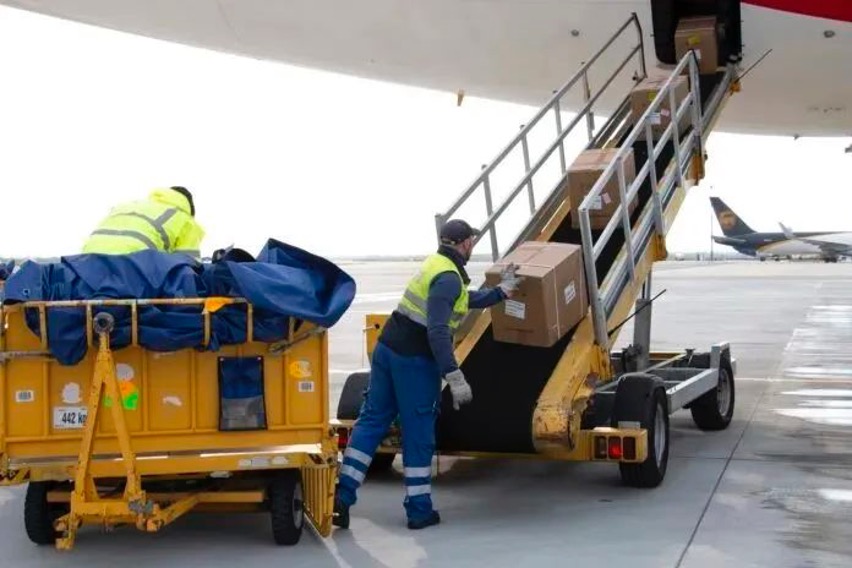ISRAEL STRIKES SYRIA, ASSAD LEAVES

On September 9, Syria’s Latakia, Damascus, Homs, Qamishli and other places were hit by Israeli air strikes. Israel is reported to have hit a number of major air bases in Syria, destroying a large amount of infrastructure, dozens of helicopters and fighter jets. Earlier, Syrian opposition fighters had taken control of the capital Damascus and “overthrew the Assad regime.” Russia’s Foreign Ministry says President Bashar al-Assad has resigned as president and left Syria.
THE OFFSHORE YUAN ROSE AGAINST THE DOLLAR, EURO AND YEN YESTERDAY
Yesterday, the offshore RMB exchange rate against the US dollar appreciated slightly. As of press time, the offshore RMB exchange rate against the US dollar was 7.2605, up 55 basis points from the previous closing price of 7.2660.
Yesterday, the exchange rate of offshore RMB against the euro appreciated sharply. As of press time, the exchange rate of offshore RMB against the euro was 7.6414, up 236 basis points from the closing price of 7.6650 on the previous trading day.
The offshore yuan appreciated sharply against 100 yen yesterday. At the time of writing, the offshore yuan traded at 4.7800 yen, up 200 basis points from the previous close of 4.8000.
THE ONSHORE RENMINBI ROSE AGAINST THE DOLLAR, EURO AND YEN YESTERDAY
The onshore yuan appreciated slightly against the US dollar yesterday, trading at 7.2545 against the US dollar, up 17 basis points from the previous closing price of 7.2562.
The onshore RMB/euro exchange rate appreciated sharply yesterday. At the time of writing, the onshore RMB/euro exchange rate was 7.6326, up 262 basis points from the previous closing price of 7.6588.
The onshore yuan appreciated sharply against ¥100 yesterday, trading at 4.7800 at the time of writing, up 200 basis points from 4.8000 on the previous session.
THE CENTRAL PARITY RATE OF RMB DEPRECIATED AGAINST THE US DOLLAR AND EURO, AND APPRECIATED AGAINST THE JAPANESE YEN YESTERDAY
The RMB depreciated slightly against the US dollar yesterday, with the central parity rate of the RMB against the US dollar at 7.1896, down 26 basis points from 7.1870 on the previous trading day.
The RMB depreciated slightly against the euro yesterday, with the central parity rate of the RMB against the euro at 7.6216, down 18 basis points from 7.6198 in the previous trading day.
The yuan appreciated sharply against the yen yesterday, with the central parity rate of the yuan against the yen at 4.8090, 381 basis points higher than the previous trading day’s 4.8090.
BRAZIL’S ECONOMY GREW A SOLID 4% YEAR ON YEAR IN THE THIRD QUARTER
Brazil’s gross domestic product grew 0.9% quarter-on-quarter and 4.0% year-on-year in the third quarter of 2024, according to data from the quarterly System of National Accounts released by the Brazilian Institute of Geographic Statistics (IBGE). According to statistics, the total GDP in the third quarter of 2024 amounted to 3 trillion reais. In terms of sector performance, services and industry grew 0.9 percent and 0.6 percent, respectively, between the second and third quarters, becoming the main drivers of economic growth.
JAPAN ENACTED A 21.9 TRILLION YEN ECONOMIC STIMULUS PLAN
The Japanese government held an interim cabinet meeting recently to formulate comprehensive economic measures, including subsidies for low-income households, stimulating investment in semiconductors and artificial intelligence, and restarting subsidies for electricity and gas. The total fiscal expenditure for the comprehensive economic measures is 21.9 trillion yen, of which the general accounting expenditure as a supplementary budget for fiscal year 2024 is about 13.9 trillion yen.
CZECH RETAIL SALES ADVANCED 5.5 PERCENT YEAR-ON-YEAR IN OCTOBER, ACCELERATING
The Czech statistical office recently released data showing that retail sales, excluding cars and motorcycles, rose 5.5 percent year on year in October on a calendar adjusted basis, accelerating from 4.8 percent in the previous month. On a monthly basis, retail sales also increased 0.6 percent. In addition, the data showed significant growth in retail sales via mail order or the Internet, surging 20.4 percent.
ONLINE TRANSACTIONS IN GERMANY HIT A RECORD HIGH IN 2024
Online transactions in Germany are expected to exceed 88.3 billion euros in 2024, surpassing the peak of 86.7 billion euros set in 2021 and marking a new record for the German e-commerce market, according to data released by the German Trade Association (HDE). More impressively, a whopping 99 percent of German adult consumers are already used to shopping online, according to HDE.
ALIEXPRESS SAW A 140% YEAR-OVER-YEAR INCREASE IN TRAFFIC DURING BLACK FRIDAY
According to the latest data from SimilarWeb, AliExpress saw a 140% year-on-year increase in traffic during Black Friday 2024, overtaking Temu, Nike and Apple to become the most popular Black Friday shopping platform in the UK.
MAERSK SIGNS SAF AGREEMENT WITH LUFTHANSA CARGO
In recent days, Lufthansa Cargo and A.P. Moller-maersk has signed an agreement to promote the decarbonization of air cargo through the use of sustainable aviation fuel (SAF). “Currently, uptake and availability of the SAF in the aviation industry remains limited. Our agreement with Lufthansa Cargo enables Maersk to contribute to increased absorption rates.”
Deutsche Bahn Freight said it would cut 5,000 jobs
Deutsche Bahn Freight has announced that it will cut 5,000 jobs by 2029, with 1,000 jobs to be cut first in 2025. Deutsche Bahn hopes to return to profit by 2026 after years of lossmaking freight operations. The company decided in October to implement a restructuring plan that expanded from a previous plan to cut 2,300 jobs from 2025.
NVIDIA HAS BEEN PLACED UNDER INVESTIGATION FOR ALLEGED ANTITRUST VIOLATIONS
Recently, the State Administration for Market Regulation launched an investigation against NVIDIA in accordance with the law for suspected violation of the Anti-Monopoly Law of the People’s Republic of China and the Announcement of the State Administration for Market Regulation on the anti-monopoly Review decision of NVIDIA’s acquisition of the equity of Meloxis Technology with additional restrictive conditions. On the news, the stock closed down 2.55 percent at $138.810, wiping out $88.9 billion in market value overnight.
VOLVO’S GLOBAL SALES ROSE 5% IN NOVEMBER FROM A YEAR EARLIER
Volvo Cars reported global sales of 66,977 vehicles in November, up 5 percent from the same month last year. Most of the growth was driven by Europe and the US. Sales in China are down, but the EV lineup is solid. Sales of electrified models, or fully electric and plug-in hybrid models, were up 40% from a year earlier and accounted for 48% of all car sales in November
THE “Guzi” ECONOMY IS ON TRENDING
Recently, A – share market in the “Guzi economy” related concept stocks suddenly appear. Wind data show that since August this year, the “Guzi economy” index has climbed significantly, with a cumulative increase of more than 30% as of December 4.
The so-called “Guzi” is actually the transliteration of the English “Goods”, which generally refers to the derivative products (peripheral products) of IP copyright works such as anime and games related to the pan-secondary element, such as “Baji” (badge), brand, key chain, etc.
Contact us to know more one-stop service for sourcing solutions in China and global import and export analysis.

